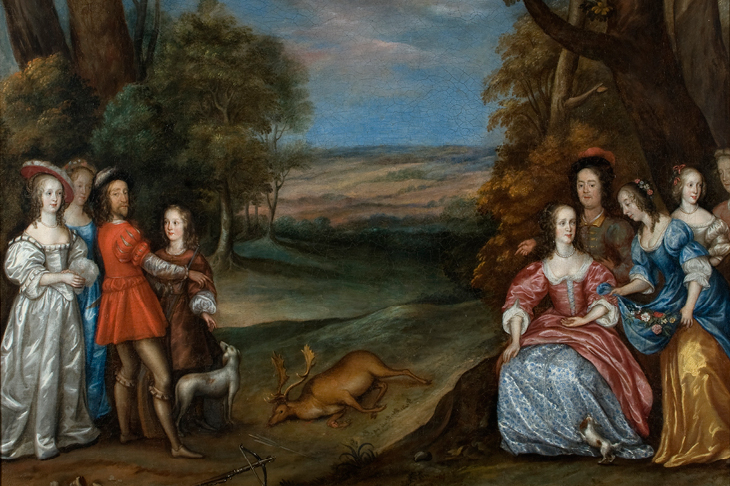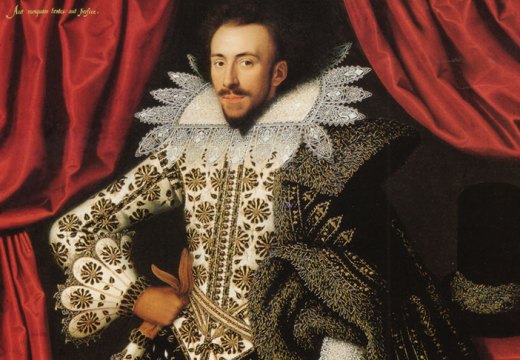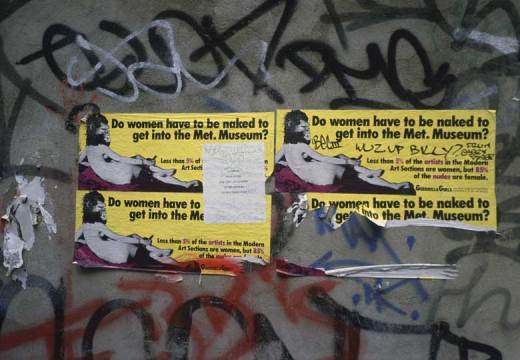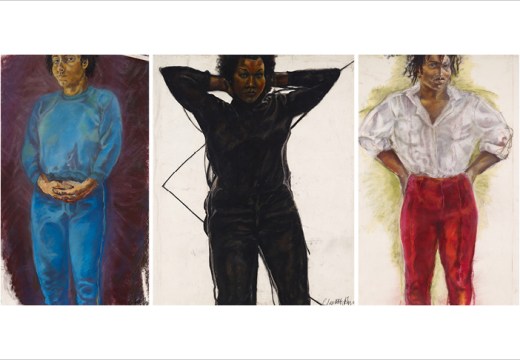On a visit to ‘Bright Souls: The Forgotten Story of Britain’s First Female Artists’ at Lyon & Turnbull gallery, the question that jumps out at you is: how did a woman in the 17th century get to become a painter at all? Virginia Woolf famously claimed that in order to write, ‘a woman must have money and a room of her own’, but painting required more than a room: you needed an apprenticeship, studio, materials, patrons. It is little wonder that Artemisia Gentileschi, the most famous female artist of the period, was the daughter of a painter, and joined his studio at a young age. Moreover, she had ready access to great paintings throughout Rome: the Basilica of Santa Maria del Popolo, where her mother was buried, contains altarpieces by Caravaggio and Carracci. The three British painters exhibited in‘Bright Souls’ come from three successive generations, and their trajectories differed markedly, but each flourished and developed a distinctive style.
As the wife of a trusted courtier of Charles I, Joan Carlile (1606–79) had access to the Royal Collection, and the paintings there inspired her early works. Although at this point an amateur, she received encouragement from the court painter Antony Van Dyck, who was a friend and possible mentor, and even the king himself: Charles gifted £500 worth of ultramarine to her and Van Dyck. After the civil war, her husband lost his position, and she became the family breadwinner – and with it, England’s first professional female painter. Perhaps unsurprisingly, most of her commissions were portraits of women: side by side in the exhibition are two paintings featuring a woman in a sumptuous silver silk dress beside an archway leading to a landscape. It is in these landscape backgrounds that the intricacy of her talent is most apparent. Her portrayal of the beauty of nature was perhaps influenced by her life in Richmond, as we can see in another work in the exhibition, The Stag Hunt.
One of Carlile’s paintings on show was once attributed to Mary Beale (1633–99). Although Beale did not have the same access to the Royal Collection as Carlile, she too benefitted from friendship with another court painter – Peter Lely, who had succeeded Van Dyck – and from a supportive husband. Today she is by far the most famous of the three artists, and her works in the exhibition show why. Her sensitive treatment of contours, shading, and light flesh tones give character to her sitters: The Young Bacchus demonstrates her range as an artist, with its folding fabrics, lustrous grapes, and the animation of the child’s expression (no doubt influenced by the fact that she is painting her son). At the high point of her career she was earning more than £400 in a year, no modest sum in the 1670s. Her sitters were often children, though several self-portraits survive. In one, Beale’s posture, at a slant from the viewer, seems archetypally feminine, until we see in her hands a palette and daub. The self-portrait tells us that she is both woman and artist at the same time.
Like Carlile, Anne Killigrew (1660–85) had access to the (by now greatly diminished) Royal Collection, and she too enjoyed mentorship: not from a male painter, but from Mary of Modena, wife of the future James II, who made a habit of singling out brilliant young women to be her ladies in waiting. Killigrew considered herself a poet primarily, and her extensive reading pervades her paintings. Venus Attired by the Graces pays homage to both classical literature and artists such as Rubens and Titian, but perhaps also to her mistress: it has been suggested that Venus is modelled on Mary of Modena and the three ‘Graces’ are Killigrew and two other young women who would become significant intellectuals: Sarah Churchill, the ‘favourite’ of Queen Anne, and the poet and pioneering feminist Anne Finch. Killigrew draws on her Old Master inspirations, but the detailed landscape in the background is all her own: as with Carlile’s paintings, inspired by the parks of Richmond, it is a very English pastoral, looking forward to artists such as Gainsborough in the following century. What might have been had Killigrew’s precocious talent continued, we can only guess: her life was cut short by smallpox, at the age of just 25. The poet John Dryden lamented the loss of a young woman so ‘excellent in the two sister-arts of Poesie and Painting’ in his ode ‘To the pious memory of the accomplished young lady Mrs. Anne Killigrew’: ‘Her pencil drew, what’er her Soul design’d, / And oft the happy Draught surpass’d the image in her mind.’
On one of Carlile’s portraits we see the inscription, written in a later hand: ‘Lady Unknown. By Mary Beal’. This is a stark reminder that these artists’ work would be plagued by misattributions after their death. One of Beale’s paintings on display was long considered the work of William Dobson, and others were attributed to Peter Lely. It is only thanks to the meticulous work of many scholars that we are now able to appreciate these artists’ achievements.
In a world dominated by men, these women carved their own artistic paths. For now, they are far less remembered for their work than they should be. But with exhibitions such as ‘Bright Souls’, they are starting to get the recognition they deserve.
‘Bright Souls: The Forgotten Story of Britain’s First Female Artists’ is at Lyon & Turnbull, London, until 6 July.
Unlimited access from just $16 every 3 months
Subscribe to get unlimited and exclusive access to the top art stories, interviews and exhibition reviews.


















![Masterpiece [Re]discovery 2022. Photo: Ben Fisher Photography, courtesy of Masterpiece London](http://www.apollo-magazine.com/wp-content/uploads/2022/07/MPL2022_4263.jpg)
It’s time for the government of London to return to its rightful home